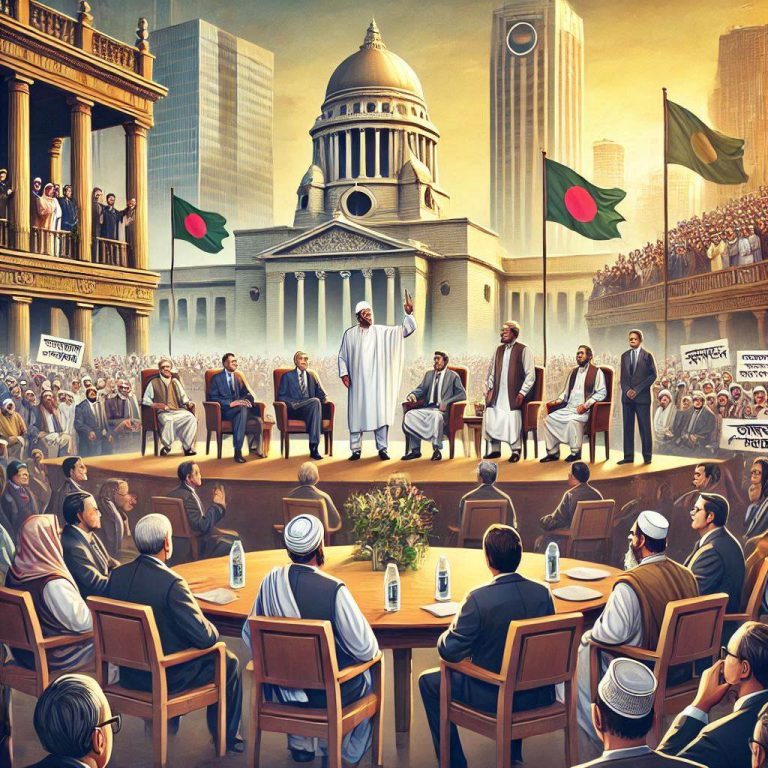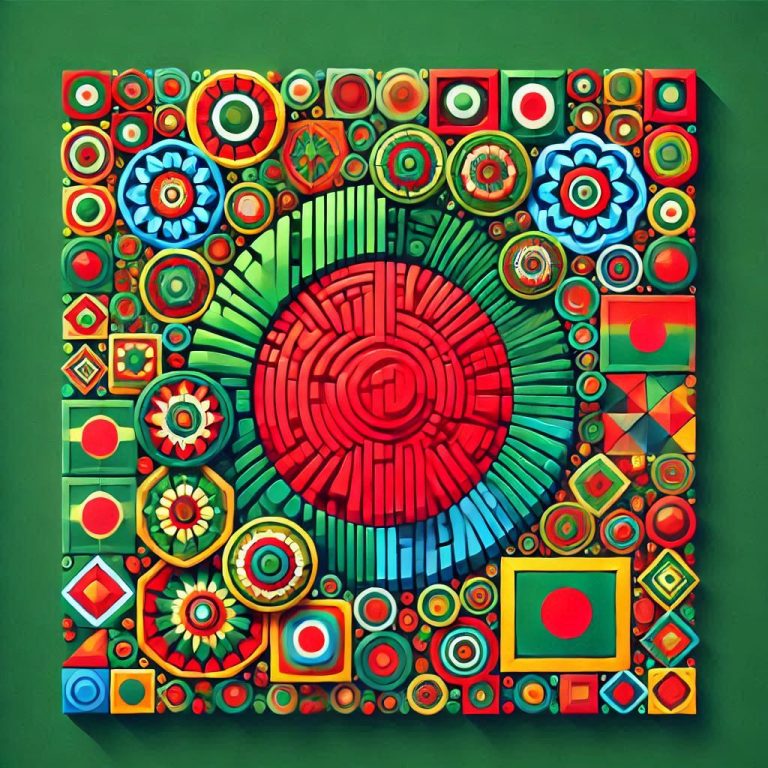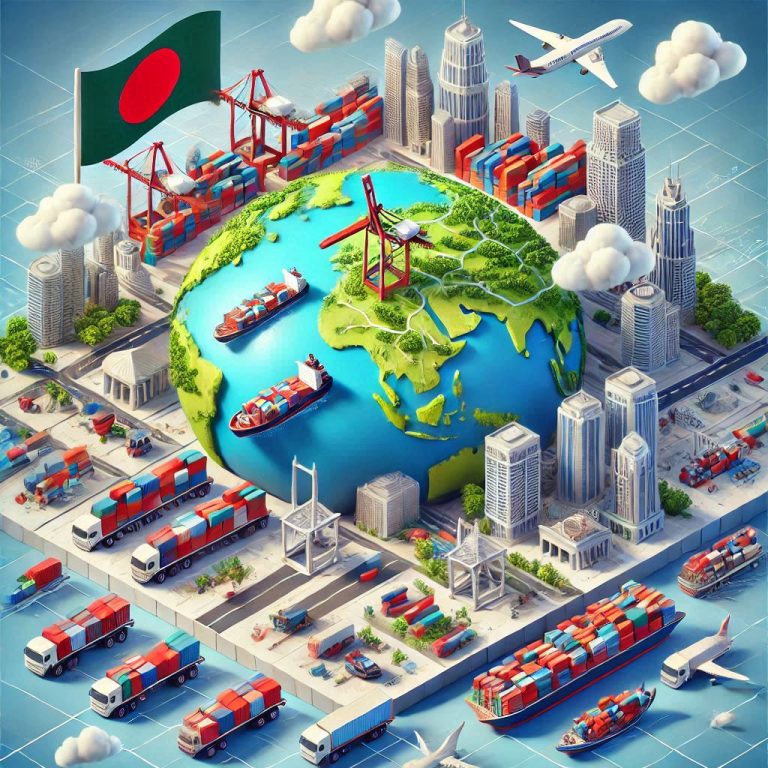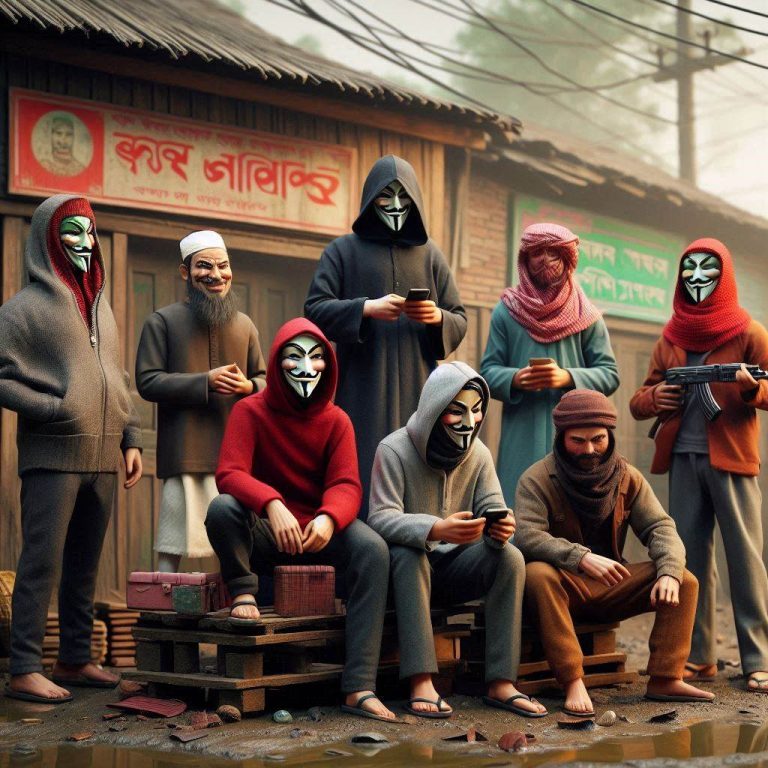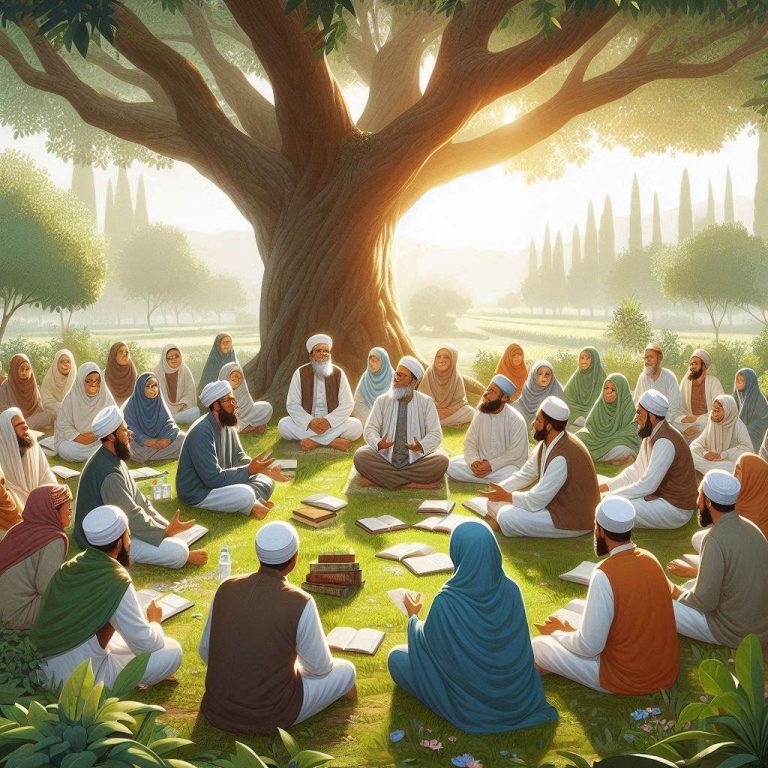
Bangladeshi migration to Europe has been a significant cultural and socioeconomic phenomenon over the past several decades, creating vibrant and resilient diaspora communities across multiple countries. This article explores the experiences, challenges, and contributions of Bangladeshi people who have made Europe their home.
Migration Patterns and Settlement.
The Bangladeshi diaspora in Europe primarily emerged in the latter half of the 20th century, with the United Kingdom being the earliest and largest destination. The migration was initially driven by economic opportunities and post-colonial connections. In the UK, particularly London’s East End, Bangladeshi immigrants, mostly from the Sylhet region, established robust communities that have since become integral parts of the urban landscape.
Cultural Integration and Preservation.
Bangladeshi communities in Europe have demonstrated remarkable ability to balance integration with cultural preservation. While adapting to European societies, they have maintained strong connections to their heritage through:
Language preservation programs and Bengali language schools.
Community cultural centers.
Annual festivals celebrating Bangladeshi traditions.
Maintaining traditional dress, cuisine, and religious practices.
Economic Contributions.
Bangladeshi immigrants have made significant economic contributions to their host countries. In the UK, for instance, the restaurant industry has been profoundly influenced by Bangladeshi entrepreneurs, with Bengali cuisine becoming a staple of urban culinary scenes. Many Bangladeshis have also excelled in professional fields such as medicine, education, technology, and entrepreneurship.
Challenges of Diaspora Life.
Despite their achievements, Bangladeshi communities in Europe have faced numerous challenges:
Initial language barriers.
Cultural adaptation.
Experiencing social discrimination.
Balancing traditional family values with European social norms.
Economic marginalization in some contexts.
Religious and Social Dynamics.
Islam plays a significant role in the lives of many Bangladeshi Europeans. Mosques and Islamic community centers have become crucial spaces for religious practice, social interaction, and cultural preservation. These institutions also serve important integration functions, facilitating dialogue between different community groups.
Second and Third Generation Experiences.
Younger generations of Bangladeshi Europeans are increasingly defining new, hybrid identities. They often speak multiple languages, have transnational perspectives, and are actively involved in various social and professional spheres. Many are bridging cultural gaps and challenging stereotypes through their achievements in arts, politics, academia, and business.
Notable Community Contributions.
Bangladeshi communities have enriched European societies in numerous ways:
Cultural diversity and multiculturalism.
Culinary innovations.
Professional excellence in various fields.
Entrepreneurial spirit.
Community resilience and social cohesion.
Conclusion.
The story of Bangladeshi people in Europe is one of resilience, adaptation, and continuous cultural negotiation. From humble beginnings as economic migrants to becoming integral parts of European societies, these communities exemplify the dynamic nature of modern global migration.
Their journey represents not just a geographical movement but a complex process of cultural exchange, identity formation, and mutual understanding between Bangladesh and their European host countries.
